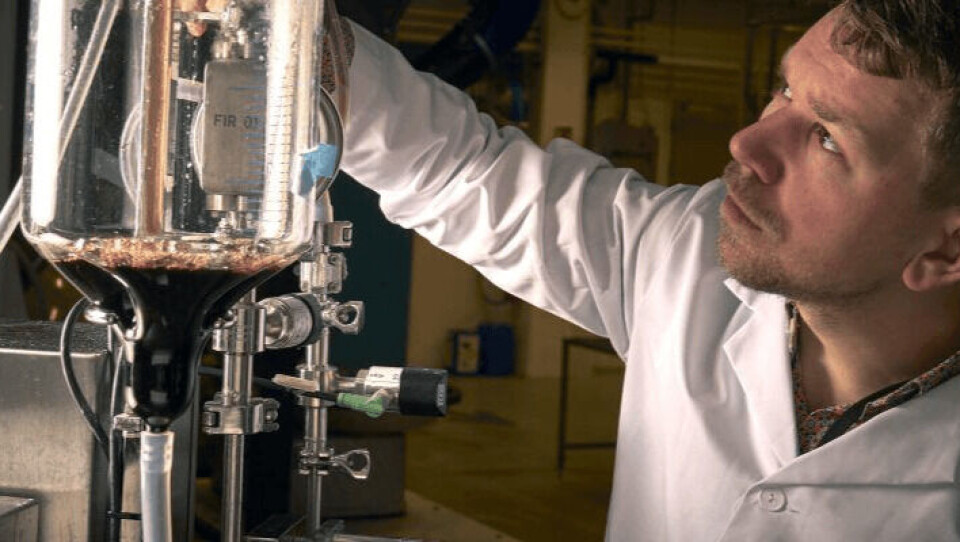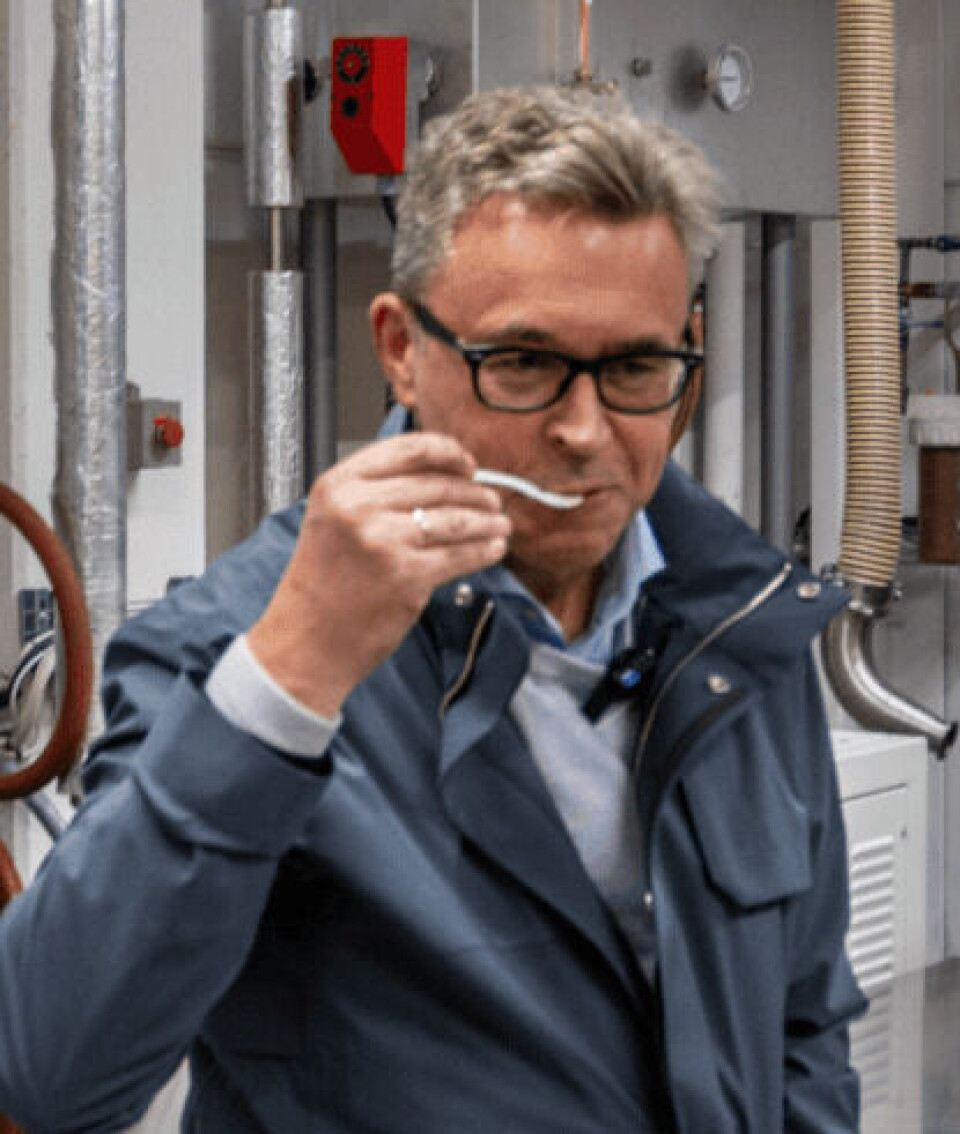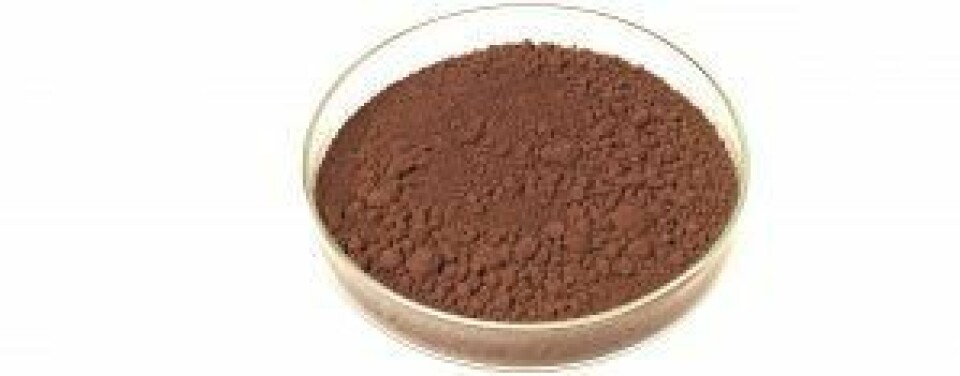
Salmon blood can help fight anaemia
A unique iron powder from salmon blood is more easily absorbed by the human body than iron salts and may turn out to be a better option for patients with anaemia, according to researchers in Norway.
Blood is the only part of a farmed salmon not utilised, and 36,000 tonnes of salmon blood is discarded annually by the Norwegian salmon industry.
At the same time, anaemia is a widespread problem globally. According to the World Health Organisation, as many as 800 million women and children around the world are affected, making anaemia one of the most common deficiency conditions – but also one of the most difficult to treat.

Iron deficiency
The WHO estimates that around half of all anaemia cases are caused by iron deficiency. A number of other patient groups are also recommended to take iron supplements. But even if iron is ubiquitous, it’s not necessarily easily replenished in our bodies. Humans require iron that is biologically available; that is, in a form that the body can absorb.
The most commonly used ferrous molecule used in iron supplements is haemoglobin, usually extracted from pigs and livestock. Iron salts from plants are also used in supplements, but are not as easily absorbed. However, the haemoglobin in salmon blood is also biologically available, and should therefore most likely be well suited for the human body.
“We wanted to investigate whether we could extract haemoglobin from the salmon blood in order to use it in iron supplements”, said Ragnhild Dragøy, research director at research institute Nofima, in an article on Nofima’s website.
Scaled up from the lab
The most promising methods from the laboratory were passed on to Biotep – the National Facility for Marine Bioprocessing, where the process was scaled up on par with industrial production, as well as to a pilot facility at Fornebu. Using these new methods, scientists have managed to manufacture a unique iron powder.
The blood powder has been tested on humans at a small scale with very promising results, and more comprehensive clinical testing is being set up in the future.
Along with colleagues from the Nofima department of marine biotechnology, northern Norway business and innovation hub Norinnova, and participants from the University of Tromsø, she has tested various methods for utilising the blood from salmon processing facilities. Lerøy, co-owner of Scottish Sea Farms, collaborated in the project.

‘Like bacon crisps’
An informal “tasting session” as also held on Monday this week, when Norwegian fisheries minister Odd Emil Ingebrigtsen visited Nofima’s head office in Tromsø. He told Fiskeribladet (Fishing Magazine) that “it tastes a bit like bacon crisps”.
“There is a reason why we allocate money to Nofima and the Institute of Marine Research. The whole world is interested in sustainable management of marine resources, and we have highly skilled research environments in Norway that have great cooperation with the aquaculture and fishing sectors,” he said.
More income, less cost
The main advantage of the iron supplement is that it may be used by many different consumers, said Nofima. As some vegetarians and certain religious groups do not wish to consume iron supplements containing haemoglobin from land animals, a salmon-based supplement might provide a better alternative than supplements based on iron salts.
This creates opportunities for salmon producers to generate income and reduce costs. Today, the slaughterhouses have to bear the cost of disinfecting and disposing of the blood.

Recipes need work
However, some challenges remain before the salmon industry can start serious production of iron powder. The blood has to be properly collected, and both taste properties and recipes require further work. It will also be important to consider the results from the more extensive clinical trials.
Dragøy is optimistic about the future of the blood powder.
“In addition to the fact that we have succeeded in creating a product which can be manufactured on an industrial scale, we are particularly excited about being able to exploit a valuable resource which until now has been wasted. Contributing to increased sustainability in food production is a key driving force for our research”, she said.























































